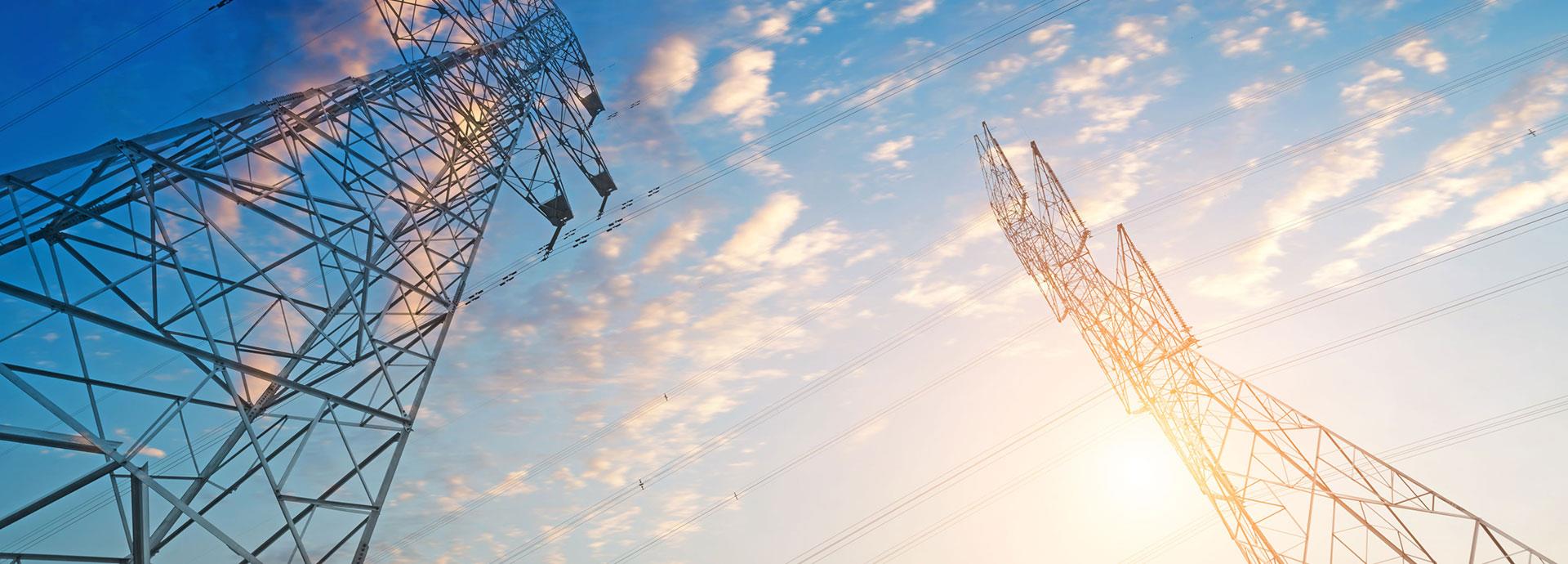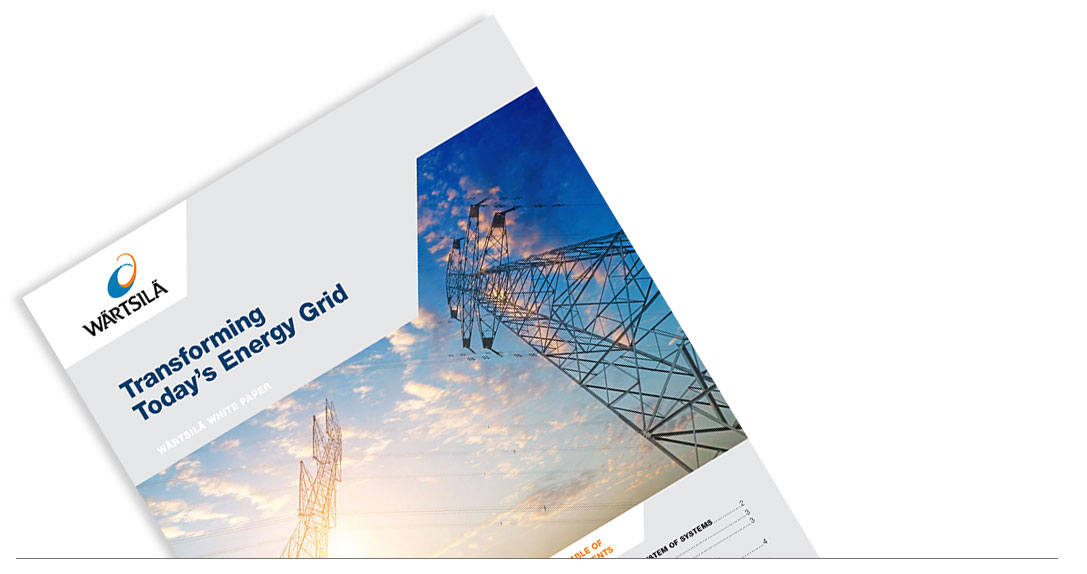

Transforming Today’s Energy Grid
Electric grids are evolving rapidly, disrupted by deregulation, distributed energy resources (DER), renewable portfolio standards, smart grid technologies, and more. Energy storage is uniquely positioned at the heart of all of this change. Unlike any other asset on the grid, energy storage can play multiple roles, acting as both load and capacity depending on whether it is absorbing excess generation or feeding back into the grid. Add to that its ability to react near-instantly, and energy storage can help utilities and customers smooth the integration of new assets, enabling the grid to emerge more stable and responsive. Energy storage’s flexibility and improving economics have driven demand for this new asset class.
To guide customers through their first energy storage purchases, energy storage companies are trying to demystify energy storage systems. While it’s important to simplify the purchasing process for utilities and commercial and industrial-scale users, it’s also critical to ensure that the energy storage solution offered takes full account of the range of use cases desired and grid conditions faced by the customer. For the customer, whether a utility, developer, or commercial or industrial end user, this means that finding the right energy storage partner is more akin to hiring a systems integrator than simply choosing a vendor.
This white paper explores three critical skills for rapid and successful deployment of turnkey energy storage systems and implementation: expertise in designing a system of systems, experience in integrating a flexible software platform, and excellence in managing the supply chain. With all three skills in place, an energy storage vendor can not only tailor the best solution for a customer’s need today and in the future, but also deploy energy storage rapidly.

Contents
- Designing a System of Systems
- Integrating a Flexible Software Platform
- Managing the Supply Chain
- Conclusion
